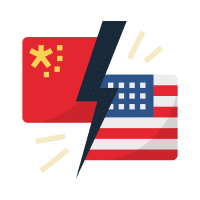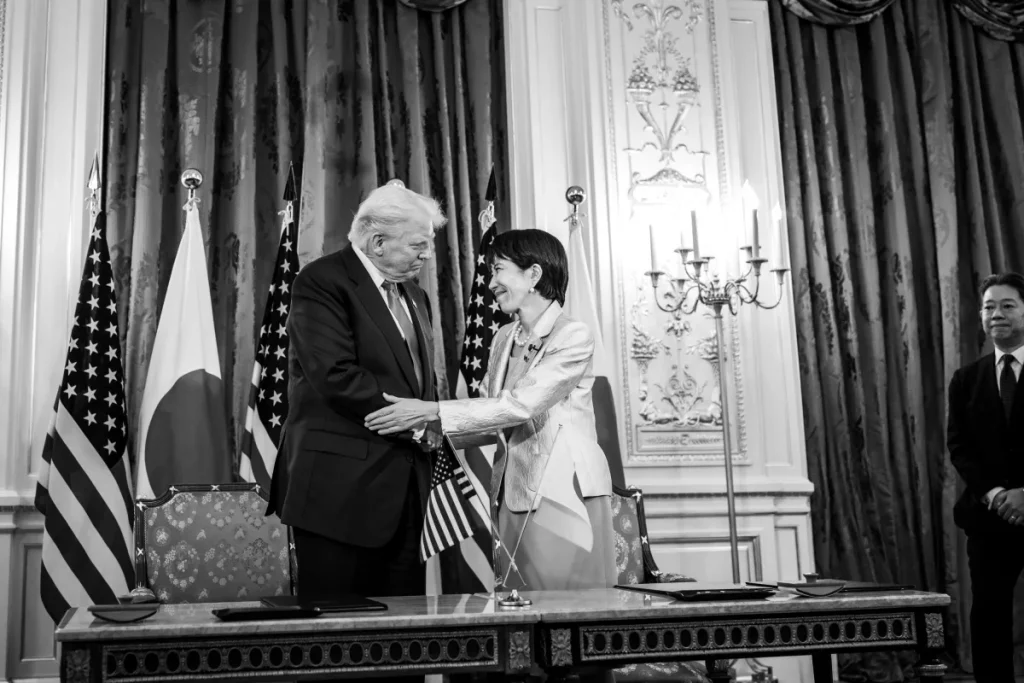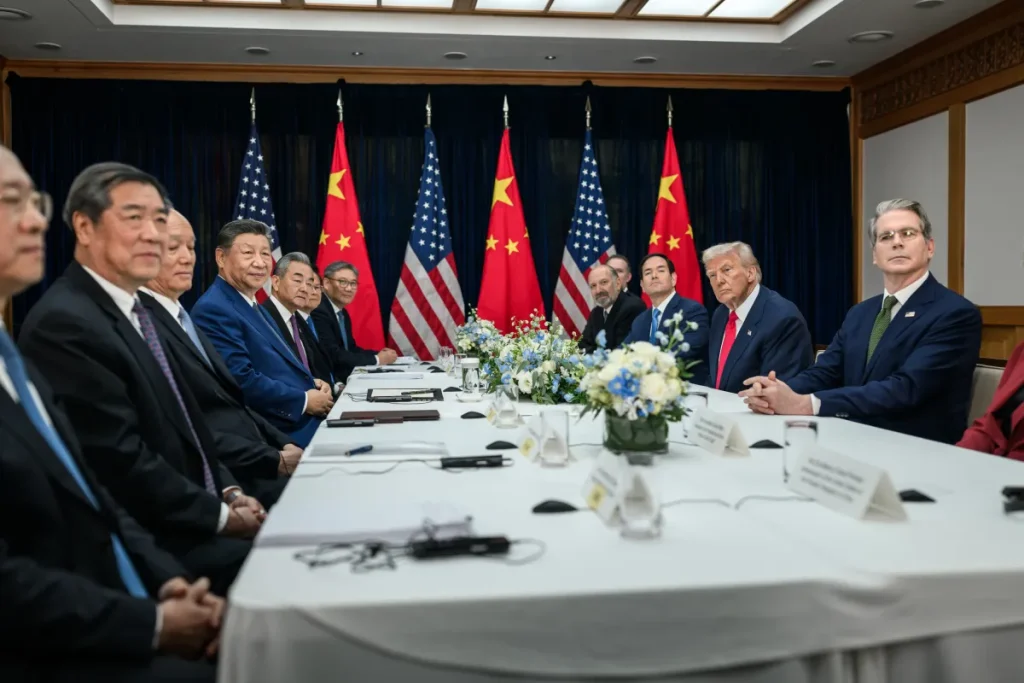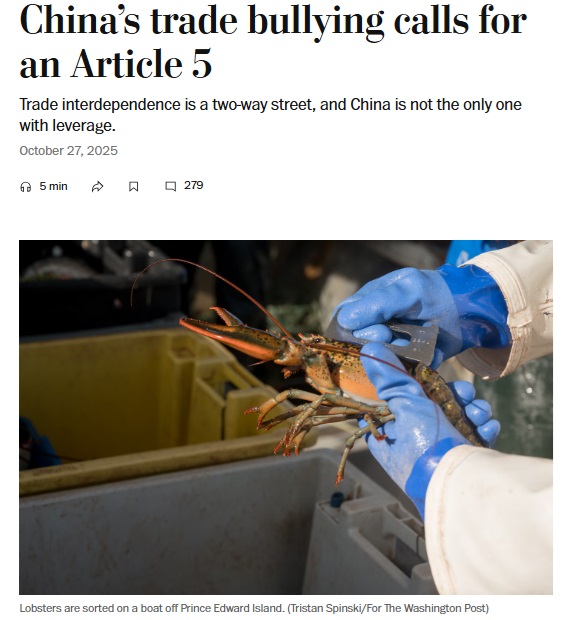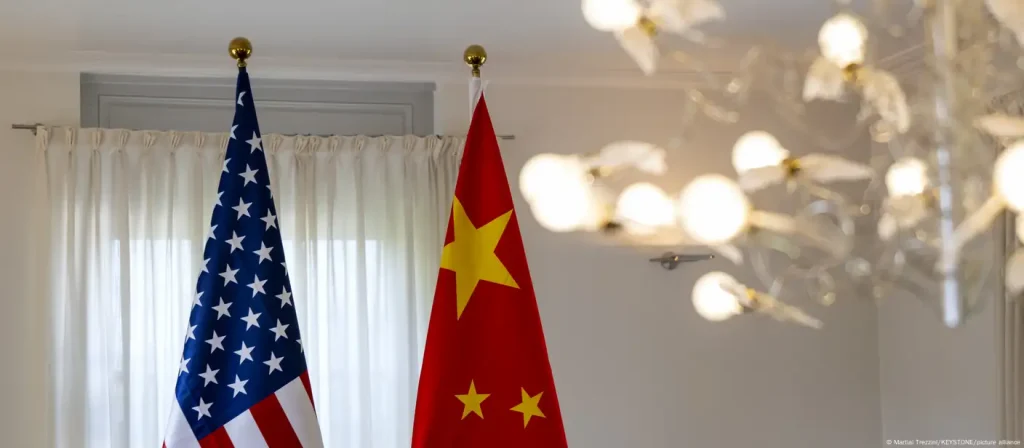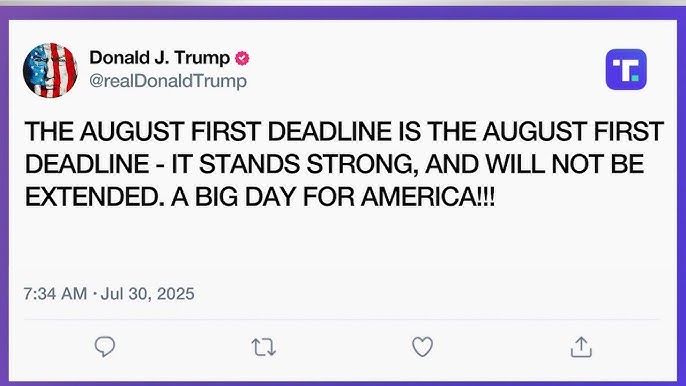华尔街日报:特朗普的关税大撤退意味着什么
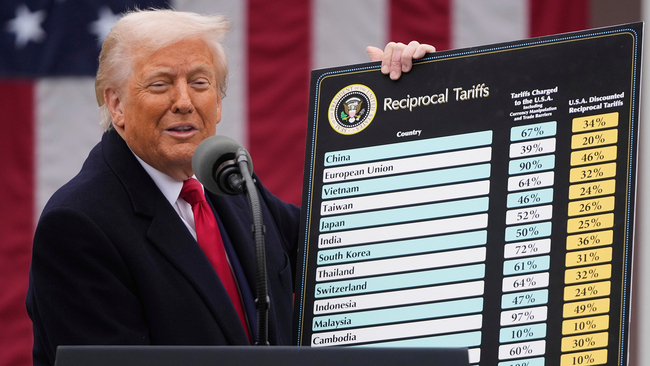
编者按:本文是《华尔街日报2》编辑部社论,发表于2025年5月12日,英文标题是“The Great Trump Tariff Rollback”。中文编译来自中天新闻网,发表时间是2025年5月14日。
美国《华尔街日报》刊发社论“川普关税大撤退”(The Great Trump Tariff Rollback),直言川普挑起的贸易战已经失败,与中国达成的协议更像是川普的投降。
据《华尔街日报》报道,美中两国12日在瑞士日内瓦经贸谈判中达成重大共识,同意相互调降关税,暂时休兵90天。美国将把对大陆进口商品的关税从145%大幅下调至30%,而中方也同意将关税从125%降至10%。这项为期90天的贸易休战协议一出,立即引发全球金融市场强劲反弹。
文章称,投资者为这一决定欢呼。据纽约研究机构Strategas Research的合作人兼政策研究主管克利夫(Daniel Clifton)测算,美国总统川普(Donald Trump)的贸易让步总计可减免约3000亿美元的关税,堪称大规模减税。
文章直言:“很少有经济政策会被如此彻底且迅速地否定,而且还是出自川普自己之手。”并批评川普的这项政策是一种“先让美国自伤的策略”,不仅疏远了盟友,更削弱了美国在全球经济领导地位的信任度。
文章指美国财政部长贝森特(Scott Bessent)主导了这次谈判,而川普的高阶贸易顾问纳瓦洛(Peter Navarro)被排除在谈判之外。协议中包含了中方对非关税贸易壁垒改革的模糊承诺,这类承诺北京过去曾多次做出又放弃。
文章分析指出,川普此次决定很可能受到节庆购物季的压力影响。先前白宫建议美国民众减少购买玩具的说法在民间引发强烈反弹,加上联准会警告、洛杉矶港口货运量锐减,以及华尔街施压等因素,都迫使白宫不得不改变立场。
文章最后总结,川普政府未能团结国际社会共同对抗大陆的贸易行为,反而给了北京一个象征性的胜利,“川普承诺要削弱中国,但最终却向中国领导人投降,让他得到了他想要的一切”。
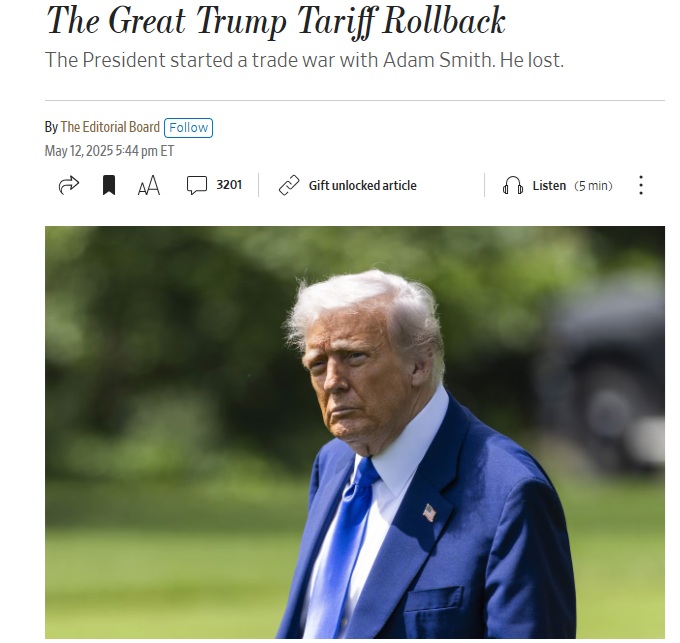
The Great Trump Tariff Rollback
The President started a trade war with Adam Smith. He lost.
By The Editorial Board
May 12, 2025 5:44 pm ET
Rarely has an economic policy been repudiated as soundly, and as quickly, as President Trump’s Liberation Day tariffs—and by Mr. Trump’s own hand. Witness the agreement Monday morning to scale back his punitive tariffs on China—his second major retreat in less than a week. This is a win for economic reality, and for American prosperity.
Make that a partial win for reality. The Administration agreed to scrap most of the 145% tariff Mr. Trump imposed on Chinese goods on April 2 and later. What remains is his new 10% global base-line tariff, plus the separate 20% levy putatively tied to China’s role in the fentanyl trade, for a total rate of 30%. In exchange, Beijing will reduce its retaliatory tariff to 10% from 125%. The deal is good for 90 days to start, as negotiations continue.
Investors are cheering at this border-tax reprieve, since this is a step back from mutual assured trade destruction. Dan Clifton of Strategas calculates that Mr. Trump’s trade walkbacks add up to some $300 billion in tariff relief. That’s a huge tax reprieve.
The 30% tariff is still exceptionally high for a major trading partner, but the 90-day rollback spares both sides from what looked like an impending economic crackup. U.S. consumers were facing widespread shortages, while China feared growing unemployment.
As with last week’s modest British agreement, the China deal is more surrender than Trump victory. Apart from the tariff rollback, neither side announced any broader concessions on the substantive trade issues that weigh on the U.S.-China relationship. Those include China’s barriers to American firms, especially in services such as digital and financial, and its chronic intellectual-property theft.
Many of these bad Chinese practices have become worse under President Xi Jinping’s strong-arm economic management. One tragedy of Mr. Trump’s shoot-America-in-the-foot-first approach is that he’s hurt his chances of rallying a united front of countries against Beijing’s mercantilism. By targeting allies with tariffs, Mr. Trump has eroded trust in America’s economic and political reliability.
Beijing now also has the benefit of concrete experience to reassure the Communist Party that Washington would struggle to impose economic sanctions in a crisis such as a Chinese blockade or invasion of Taiwan. If there’s a silver lining to the tariff fiasco, it’s the timely reminder to Congress to get serious about true military deterrence again.
Taking a step back, where are we now after nearly four months of Mr. Trump’s protectionism? The President’s concessions since his initial tariff announcements include: exemptions for goods from Canada and Mexico produced under the terms of the USMCA; a 90-day pause on his reciprocal tariffs against everyone except China; exemptions on China tariffs for iPhones and electronics; the mini-deal with the United Kingdom; and now the 90-day rollback on China tariffs.
The landing spot coming into view is a 10% global tariff, and higher (but not 145%) for China. The negotiations allegedly underway with dozens of countries while the reciprocal tariffs are paused may make some marginal headway opening markets for American firms. But so far there’s scant sign of the substantial trade deals that Mr. Trump promises.
So after weeks of market turmoil, the economy is left with higher trade costs and greater uncertainty for business, but at least a step back from Smoot-Hawley 2.0. Investors, businesses and households probably would welcome this outcome, which is considerably better than Mr. Trump’s initial plan.
But a 10% across-the-board tariff is still four times the average U.S. tariff rate before Mr. Trump took office. It keeps the door open to the economically and politically destructive special pleading for tariff breaks for well-connected industries and companies at the expense of everyone else. U.S. companies protected by high tariffs will gradually lose their competitiveness against the rest of the world.
If there’s a silver lining to this turmoil, it is that markets have forced Mr. Trump to back down from his fever dream that high tariff walls will usher in a new “golden age.” The age didn’t last two months, and it was more leaden than golden. White House aide Peter Navarro, the main architect with Mr. Trump of the Liberation Day fiasco, has been repudiated.
Mr. Trump will not want to admit it, but he started a trade war with Adam Smith and lost. He’s not the first President to learn that lesson.

